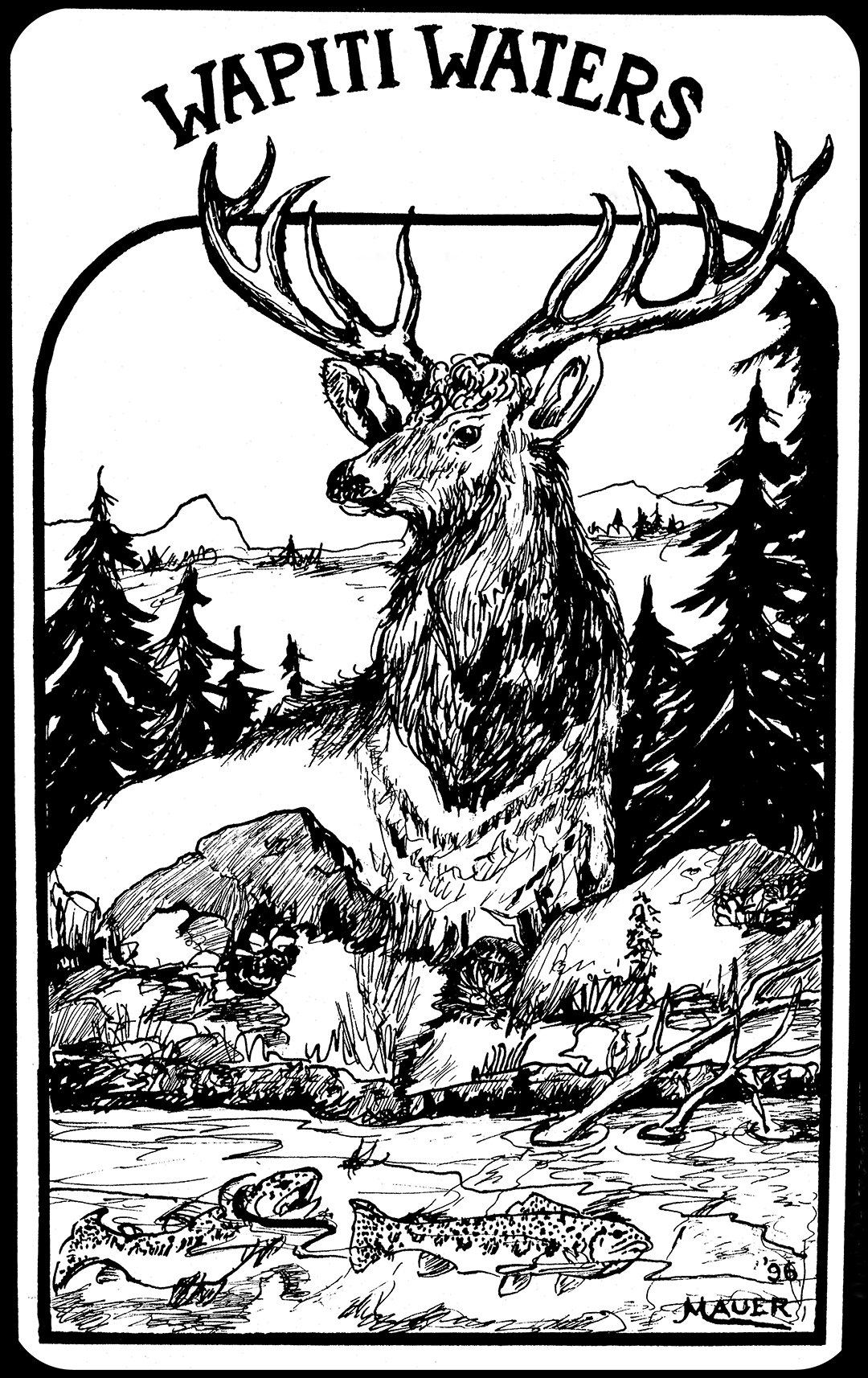The skwalla draws attention to the largest trout in the river and the beauty of it all is that it is top water fishing. In my mind anyone can (and frequently does) put on a bobber with a nymph pattern and fish to the large trout — even using skwalla nymph patterns. But to fool large trout on the surface in the right conditions is what our spring fishing is all about.
Knowledgeable, observant anglers pay attention to the natural world around them. The phenological events of spring are indicators for the fisherman. We watch for the appearance of buttercups, biscuitroot, pasque flowers, and glacier lilies on the hillsides. The robins, western meadowlarks, and western bluebirds are giving us a reminder that it is time to fish.
1. Phenological: the relationship between a regularly recurring biological phenomenon and climatic or environmental factors that may influence it.
Here are photos of a few of my favorite fly patterns that have evolved over three decades of spring fishing on the Bitterroot and Clark Fork.
